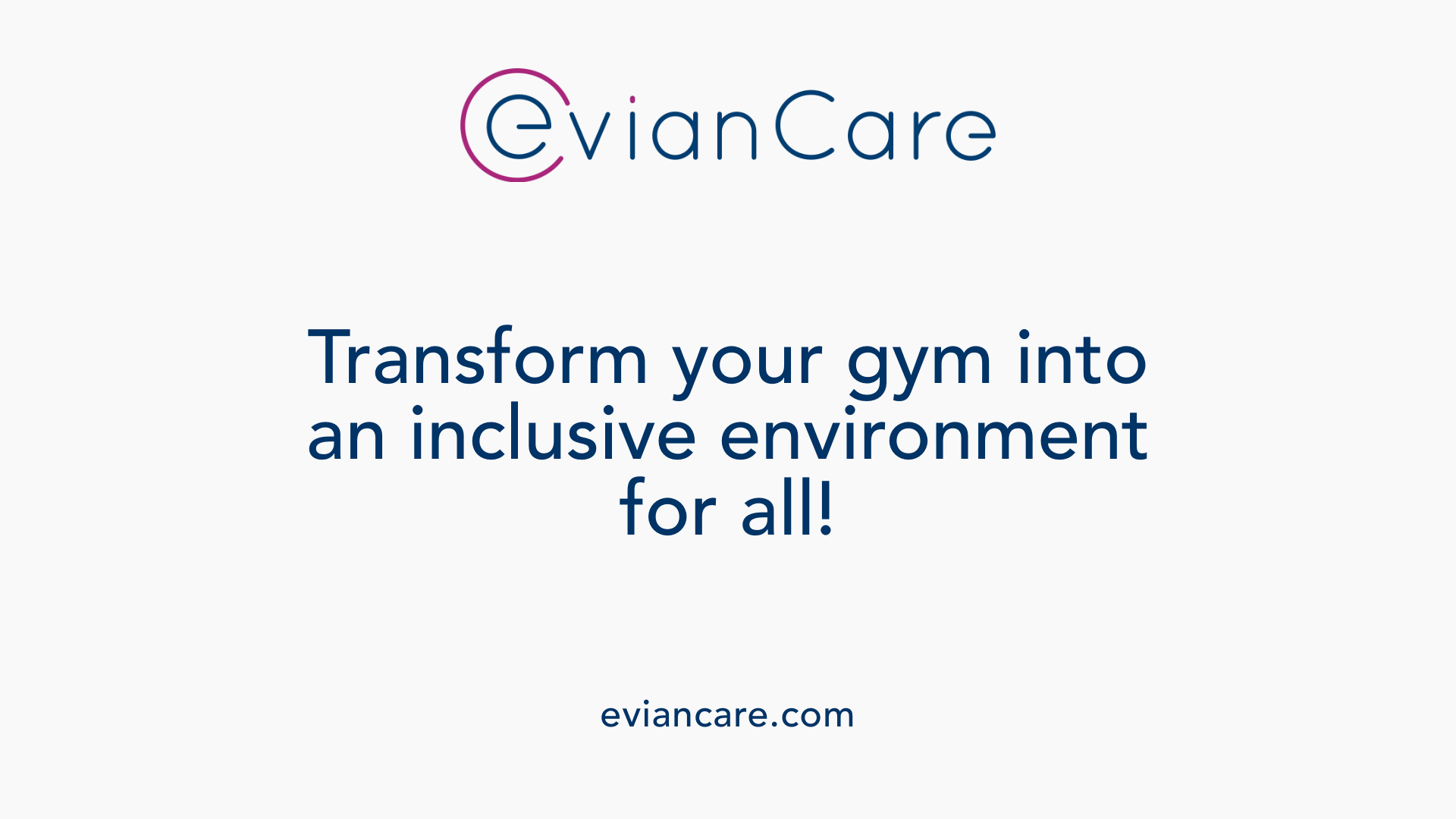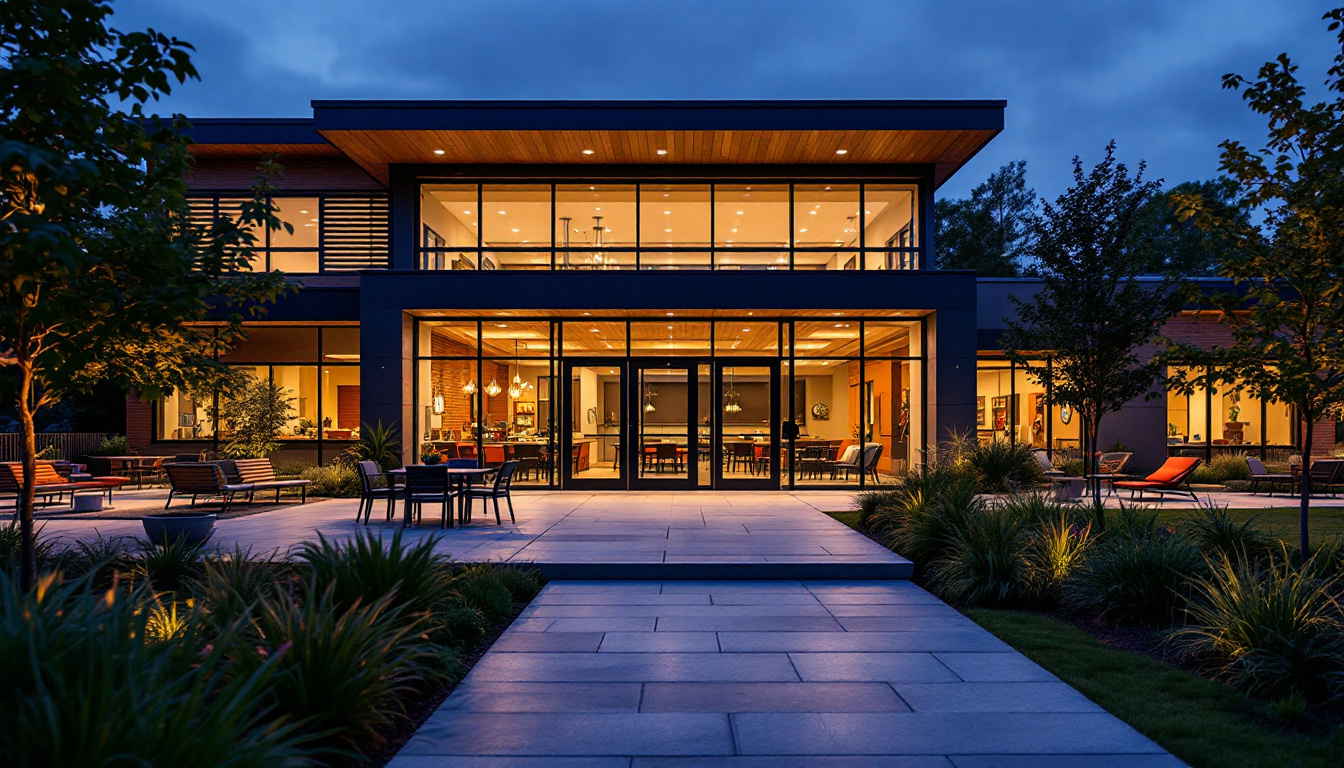
Introduction to Adaptive Fitness
Adaptive fitness programs have become increasingly essential to promoting health and well-being among adults with disabilities. These programs go beyond traditional physical therapy by offering a wide range of exercises tailored specifically to individual needs, supporting both physical and mental wellness. With the growing recognition of community fitness programs, understanding how to navigate access to these inclusive activities is crucial for supporting an active lifestyle for adults with disabilities.
Virtual Fitness: Expanding Access Online

How can online community fitness programs for adults with disabilities be accessed?
Online community fitness programs for adults with disabilities can be accessed through easily navigable platforms on smartphones and computers, enabling participants to engage from their homes. Organizations like Disability Partnerships and NCHPAD lead the way in offering virtual adaptive fitness classes and wellness initiatives specifically tailored to the unique requirements of individuals with disabilities.
Many programs, such as the Bay Area Outreach and Recreation Program and MENTOR, provide free online classes that encompass various aspects of fitness and wellness. These platforms focus on enhancing both physical well-being and mental health through diverse activities.
In addition, numerous digital fitness apps offer customization options for workout plans. They frequently incorporate accessible modifications to cater to different capabilities, enhancing the user experience for a more inclusive environment.
Community-led initiatives like Silver Sneakers and Texercise further highlight a commitment to inclusivity by offering tailored support in their programs. These initiatives aim to create a supportive atmosphere, making fitness more accessible and enjoyable for adults with disabilities.
| Feature | Description | Benefits |
|---|---|---|
| Virtual Classes | Live online sessions covering different fitness types | Convenient access to a variety of fitness options |
| Customization | Tailored workout plans based on individual needs | Enhances effectiveness of physical activity |
| Online Wellness Programs | Comprehensive health and wellness resources available online | Promotes overall well-being and engagement |
| Inclusivity Focus | Programs designed with specific communities in mind | Encourages participation among underrepresented groups |
These resources exemplify how virtual fitness programs can break down barriers, providing effective pathways for individuals with disabilities to engage in regular physical activity.
Understanding Community Fitness Programs

What is an example of a community fitness program?
A community fitness program can involve a variety of activities aimed at promoting health and wellness among residents. For example, many communities host outdoor yoga classes in local parks, where individuals of all skill levels can join.
Running clubs may meet weekly to encourage members to train for local races together. Additionally, some neighborhoods organize bike rides to explore the area while staying active. Activating public spaces for pick-up basketball or soccer games also fosters social connections and friendly competition, making fitness fun and inclusive.
These programs not only enhance physical health but also strengthen community bonds.
Activities that promote health and wellness
Community fitness programs for adults with disabilities include a wide range of tailored activities:
- Adaptive Yoga: Customized sessions ensuring inclusivity.
- Water Aerobics: Gentle on joints and effective for all skill levels.
- Modified Weightlifting: Using specialized equipment compatible with various abilities.
- Team Sports: Wheelchair basketball, a fun way to build skills and camaraderie.
- Tai Chi: Particularly beneficial for balance and mental clarity, ideal for older adults.
By incorporating these exercises into community initiatives, organizations can significantly improve the physical and mental well-being of participants.
Physical Activity Recommendations for Disabled Adults

What are the guidelines for physical activity for adults with disabilities?
The Centers for Disease Control and Prevention (CDC) emphasizes the importance of physical activity for adults with disabilities. They recommend aiming for at least 150 minutes of moderate-intensity aerobic activity each week. This can include activities like brisk walking or wheeling in a wheelchair. To improve strength and prevent falls, it is also advised to engage in muscle-strengthening activities on at least two days per week.
Tailoring fitness plans for those with disabilities
Crafting an effective fitness plan involves assessing individual capabilities. Certified trainers often create customized programs that consider factors such as:
- Muscle strength
- Range of motion
- Personal fitness goals
It's crucial for adults with disabilities to consult with healthcare providers when developing their exercise plans. This ensures that activities align with their specific abilities and challenges, paving the way for enhanced well-being and a reduced risk of chronic diseases. It's also important to address barriers to physical activity so participants can enjoy a sustainable fitness journey.
Understanding these guidelines and tailoring fitness plans can lead to better health outcomes and greater independence for individuals with disabilities.
Enhancing Gym Accessibility

How can gyms be made more accessible for people with disabilities?
Making gyms accessible for individuals with disabilities involves several strategies to transform the environment and experiences. First and foremost, specialized equipment is crucial. Gyms should offer a diverse range of machines tailored for various disabilities, such as voice-activated machines, exercise bikes with hand pedals, and adjustable weight machines that accommodate wheelchair users.
Financial barriers can hinder participation, so it's important for gyms to offer affordable membership options. Many disabled individuals find typical gym costs prohibitive, so flexible pricing structures or scholarships can facilitate access.
Another essential aspect is staff training. Staff should receive extensive training in inclusivity and disability awareness, ensuring they can accommodate different needs and foster a welcoming environment. This effort can be enhanced by including disabled individuals within staff roles, as their insights can help improve accessibility practices.
Moreover, well-ventilated and accessible changing areas paired with personalized support through goal-setting and motivational interviewing enhance the overall experience for disabled users, allowing them to feel empowered and capable.
Ultimately, these measures contribute significantly to higher physical activity levels and improved well-being among individuals with disabilities, promoting a healthier, more active lifestyle across the community.
Adaptive Fitness: Programs Supporting Well-Being
What is a physical activity program for people with disabilities?
A physical activity program for individuals with disabilities focuses on enhancing health, independence, and quality of life through tailored engagement in fitness activities. These programs, like the NCHPAD's "14 Weeks to a Healthier You," provide personalized guidance in physical activity and nutrition at no cost. They cater specifically to the unique needs of individuals with disabilities, ensuring that exercises are customized for each participant's abilities.
Statistics reveal that fewer than half of adults with severe mobility challenges engage in regular aerobic exercises, which are vital for maintaining health. The CDC advises all adults, including those with disabilities, to achieve at least 150 minutes of moderate-intensity aerobic activity weekly. Personalized activity plans created in collaboration with healthcare providers can aid individuals in overcoming barriers to regular exercise.
Moreover, adaptive fitness programs encompass various activities, such as adaptive yoga, water aerobics, and modified sports, promoting not just physical activity but also emotional well-being. The holistic approach to health emphasizes the significant mental health benefits—improved mood and reduced stress—that arise from regular physical activity, ultimately fostering a healthier lifestyle for individuals with disabilities.
The Role of Social Support in Fitness Inclusion

Importance of Community Support
Community support plays a fundamental role in adaptive fitness programs. It not only nurtures a sense of belonging among participants but also fosters motivation and accountability towards fitness goals. When individuals engage with peers in a supportive environment, they often feel more encouraged to participate regularly, which can lead to significant improvements in physical activity levels.
Peer and Specialist Support in Fitness Programs
In adaptive fitness settings, various forms of support enhance the experience. Peer support can manifest through encouragement and shared experiences, helping individuals feel accepted and understood. Additionally, specialist support provided by trained professionals ensures that each participant receives tailored guidance to meet their unique needs. This combination of peer and specialist involvement promotes a more inclusive atmosphere, paving the way for not only physical growth but also emotional well-being.
Conclusion
Access to community fitness programs plays a pivotal role in the health and well-being of adults with disabilities. By providing adaptive fitness opportunities, creating accessible environments, and fostering social support, communities can enhance participation and promote a healthier, more inclusive society. Encouraging continuous education and awareness around the unique needs of individuals with disabilities ensures that fitness remains a viable pursuit for all abilities, supporting holistic wellness and quality of life.
References
- Adaptive Fitness: Wellness for People with Disabilities Through ...
- NCHPAD - Building Healthy Communities For All
- Community fitness programs | County Health Rankings & Roadmaps
- Physical Activity for People with Disability - CDC
- HFA Foundation Resources - Health & Fitness Association
- Building Safe Exercise Programs for People with Intellectual ...
- Enhance®Fitness Inclusion Guide
- Physical Activities for Adults with Disabilities
- Increasing Physical Activity among Adults with Disabilities - CDC












